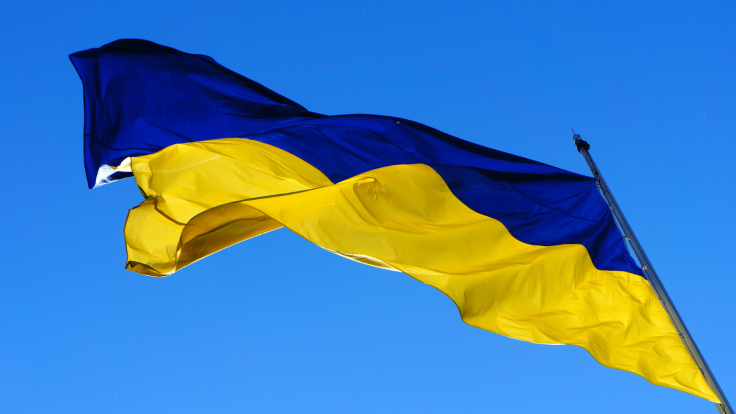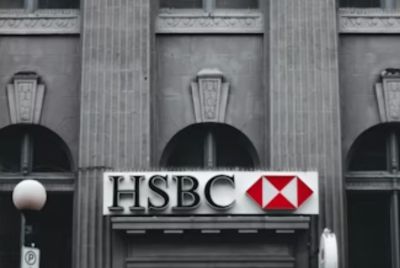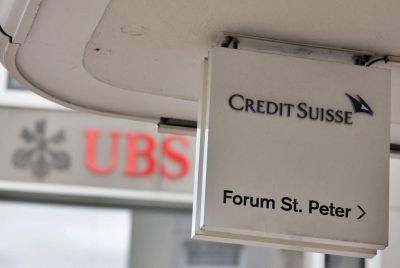Ukrainian Privatisation 2025: Why "Big" Wartime Deals Have Become a Litmus Test for Reform and Investor Confidence
Despite missile strikes and court freezes, Ukraine's wartime asset sales show surprising strength proving that transparent auctions and domestic capital are reshaping the investment landscape

Ukraine's economy is undergoing a unique crash test. In the midst of the largest war Europe has faced since World War II, the state is not only holding the frontline but also continuing to sell off major assets, aiming to ease the budget burden and attract private capital.
Six years after the relaunch of the 'big privatisation' campaign, only five assets had gone under the hammer. Yet it was the wartime auctions that marked a turning point.
In September 2024, the 14-story Hotel Ukraina on Kyiv's Maidan surged in price to UAH 2.5 billion (£44,403,916). In October, NEQSOL Holding paid UAH 3.94 billion (£69,980,572) for the titanium-rich United Mining and Chemical Company (OGHC). And in December, the Butkevych family's BGV Group shelled out UAH 1.89 billion (£33,569,360) for the confiscated Russian-owned AEROC plant.
These transactions prove that even amid missile strikes, clear rules and digital auctions via ProZorro.Sale are capable of converting risk into actual revenue — although, in parallel, the courts are still blocking the sale of the Bolshevik plant, serving as a stark reminder of the reform's vulnerability. At the same time, however, ongoing court freezes — like the one blocking the sale of the Bolshevik plant — serve as a stark reminder of the reform's fragility.
This very contrast between landmark deals and frozen assets, forms the core of our analysis: Privatisation as both an institutional stress test and a barometer of investor confidence in Ukraine's future.
1. Events That Shifted the 'Concrete Slab' of State-Owned Assets
Over six years of the 'new' large-scale privatisation campaign, the Ukrainian state has managed to sell only five major assets. Yet, it was precisely the three wartime deals that changed the market's mood.
The Hotel Ukraina (₴2.5 billion or £44,403,916) was acquired by entrepreneur Maxim Krippa through Ola Fine, a transaction rich in symbolism: the investor behind the NAVI esports brand is now betting on the revival of tourism in the capital after the war.
Three weeks later, NEQSOL Holding, led by Azerbaijani businessman Nasib Hasanov (owner of Vodafone Ukraine), acquired the United Mining and Chemical Company for ₴3.94 billion (£69,980,572), pledging at least ₴400 million (£7,104,626) in additional CAPEX and its own logistics infrastructure to access global titanium markets.
In December 2024, the sanctioned asset AEROC was sold for ₴1.89 billion (£33,569,360) to Hennadiy Butkevych (BGV Group, co-owner of the ATB supermarket chain) — delivering a double benefit: Cleaning the state's balance sheet and injecting direct investment into materials for postwar reconstruction.
In stark contrast stands the 'paper-only' sale of the Bilsovyk plant (₴1.43 billion or £25,399,040) to the Ivanov–Baranov consortium. The asset has remained under seizure for three years, with anti-corruption bodies contesting the fairness of its valuation.
Why this matters: All successful buyers were either domestic capital or multinational strategic investors. They demonstrate that even under missile fire, investors are willing to engage, provided procedures are transparent and exit risks are manageable.
2. Domestic Factors Shaping a "Dotted-Line" Trajectory
| Obstacle | Manifestation | Current Status |
| Judicial Recidivism | Asset freezes (e.g., Bilsovyk), attempts to block re-registration of Ukraina | Special litigation unit created at SPFU; 6 out of 11 lawsuits already dismissed |
| War & Logistics | War risk insurance adds +25–30% to WACC | Government launching pilot for state-donor war insurance (MIGA/EBRD mechanisms) |
| Staffing Turbulence at SPFU | Leadership changes — from Rustem Umerov to Vitalii Koval, now interim leadership | Parliament reviewing draft law to establish a professional supervisory board |
3. External Factors: Budget, Donors, and the EU
- IMF Scoreboard: The 2025 draft budget forecasts only ₴3.2 billion (£56,837,013)in privatisation revenue — significantly less than the ₴10.5 billion (£186,496,449) actually collected in 2024. However, this figure serves as a 'benchmark' in the EFF programme; any overperformance would signal financial resilience.
- G7ERA Donor Cohort: Net proceeds from the sale of sanctioned assets (e.g., AEROC) are transferred directly to the Recovery Fund, in alignment with the Extraordinary Revenue Acceleration mechanism.
- Path to the EU: In negotiations under the chapters 'Financial Services' and 'State-Owned Enterprises,' Brussels has made clear demands: reduce political influence over SOEs. Success in large-scale auctions is viewed as a proof-of-concept for corporate governance reform.
4. Why These Investors in Particular?
| Investor | Motivation | Potential Economic eMultiplier |
| Krippa | Vertical integration in real estate and tourism — Hotel Ukraina + Parus BC + IEC | 13,000 m² for revitalisation, up to 600 new jobs |
| Hasanov / NEQSOL | Synergy: telecom (Vodafone UA) + upstream titanium — a hedge for FX earnings | US$50–70 million (£37,066,000 to £51,892,597) annual exports expected post-mine modernization |
| Butkevych / BGV | Construction materials portfolio + private logistics via Ukrnaftogazrozvidka | Localised aerated concrete production, reduced cement imports |
| Ivanov–Baranov | Brownfield redevelopment of 35 ha near Shuliavska metro | Up to US$1 billion in private investment — but only after seizure lifted |
Their involvement serves as a series of 'anchor deals'—proving that Ukraine's risk profile is manageable rather than fatal. The presence of not only foreign but also domestic capital among the winning bidders dispels the myth that Ukraine lacks large-scale homegrown investors.
5. What Still Needs Fixing to Avoid Derailing the 2025 Wave
1. Transaction currency = hryvnia. In an inflationary environment, foreign investors require FX hedging options to mitigate exchange rate volatility.
2. Clarity of ownership and land title. 40% of assets still have 'gaps' in land registry documentation. Without resolution, institutions like EBRD are unwilling to finance buyers.
3. Pro bono legal defence system. Even free coverage of ISDS claims (e.g., a Ministry of Justice-backed guarantee) would significantly reduce the discount rate applied to asset valuation.
6. The 2025 Pipeline: Striking a Balance Between 'Must Sell' and 'Can Wait'
The SPFU is already preparing major assets for auction: Centrenergo, the Odesa Port Plant, six regional power distribution companies (oblenergos), and a second wave of confiscated Russian-owned assets — including Demurynskyi Mining and Processing Plant. The total estimated value: US$2.8–3.3 billion (£2,076,011,686-£2,446,686,000)— roughly equivalent to the annual budget of Ukraine's State Restoration Agency.
Conclusion
Large-scale privatisation during wartime is a test of institutional maturity. Russian Kinzhal and Iskander missiles may shatter windows at the Hotel Ukraina, but they did not derail the transaction itself.
Krippa, Hasanov, Butkevych, and the developer consortium took the risk — and in doing so, sketched a roadmap for those still hesitating.
The ball is now in the state's court: to ensure that court rulings do not turn a hammer price into a ghost entry in the registry. If successful, the next wave of privatisation will no longer be a desperate gesture — but a deliberate signal to investors, from Kyiv to Brussels to Washington.
About the author: Alison Mutler is a distinguished British journalist who has been working in Romania since the 1990s. She served as the Associated Press bureau chief for 25 years and was part of the team that covered the Romanian Revolution for the British TV channel ITN. She is currently the director of the Romanian-English news platform Universul.net.
© Copyright IBTimes 2025. All rights reserved.





















